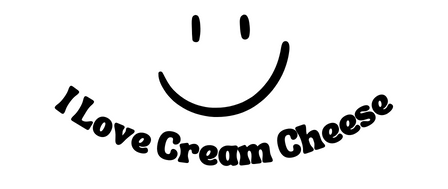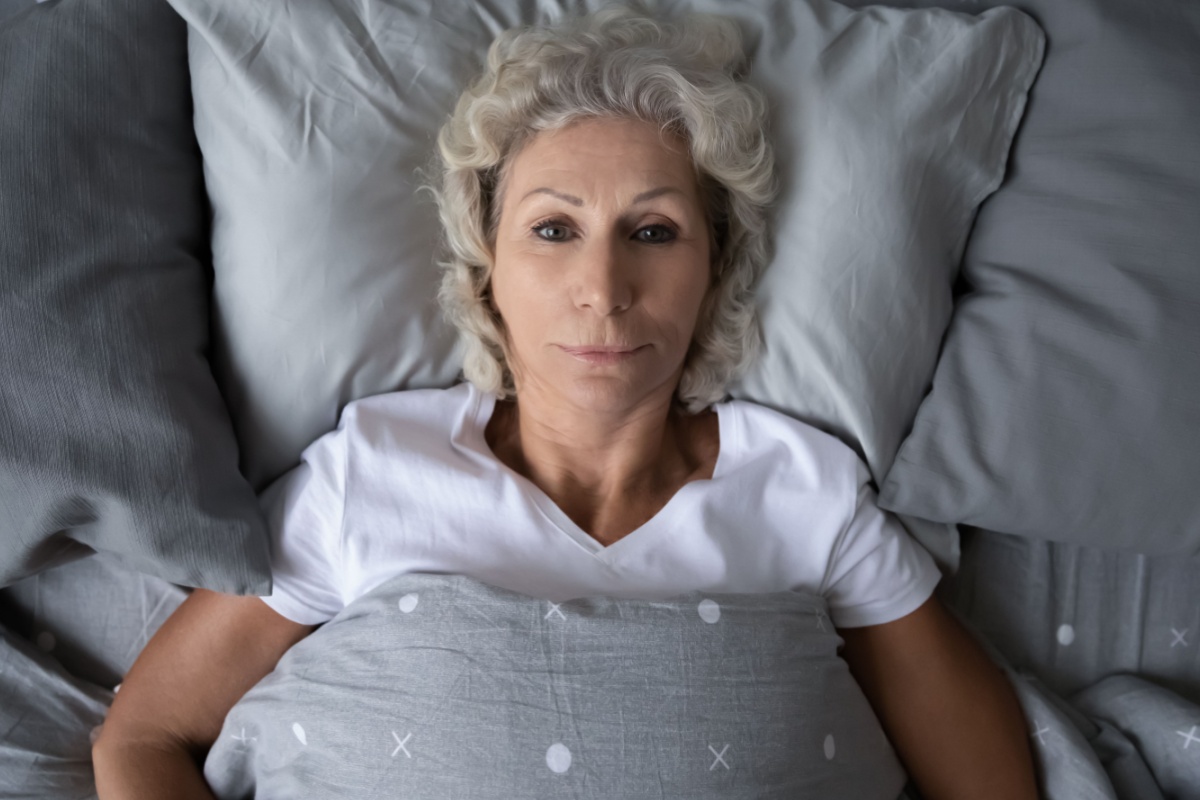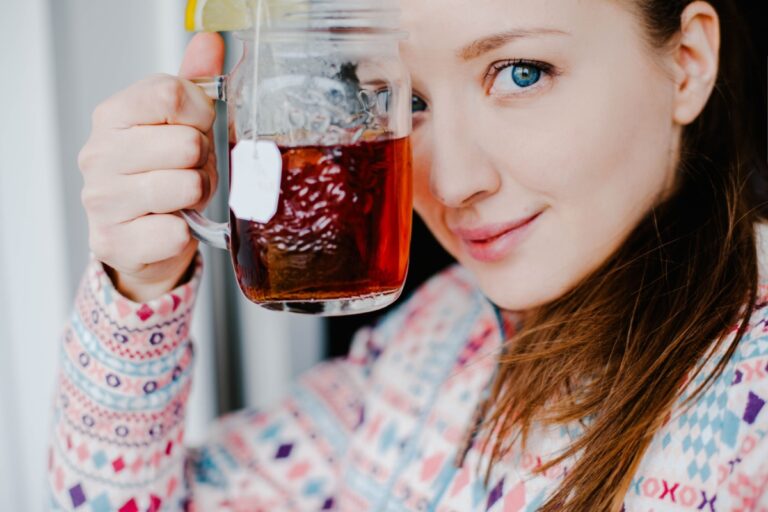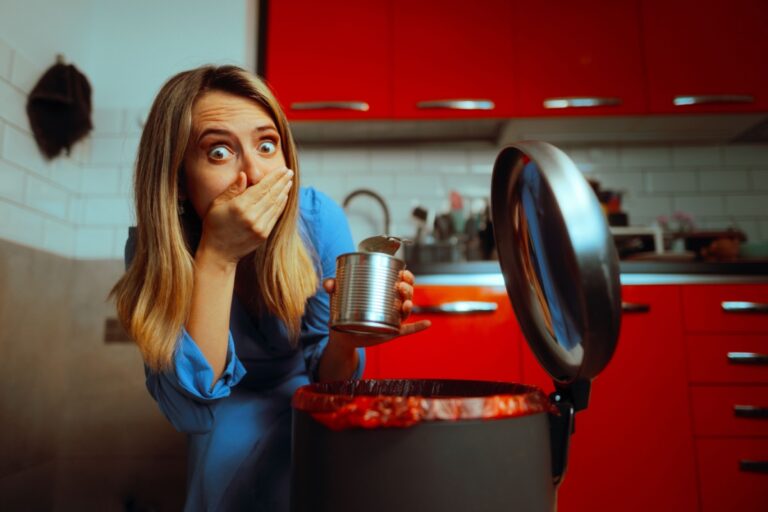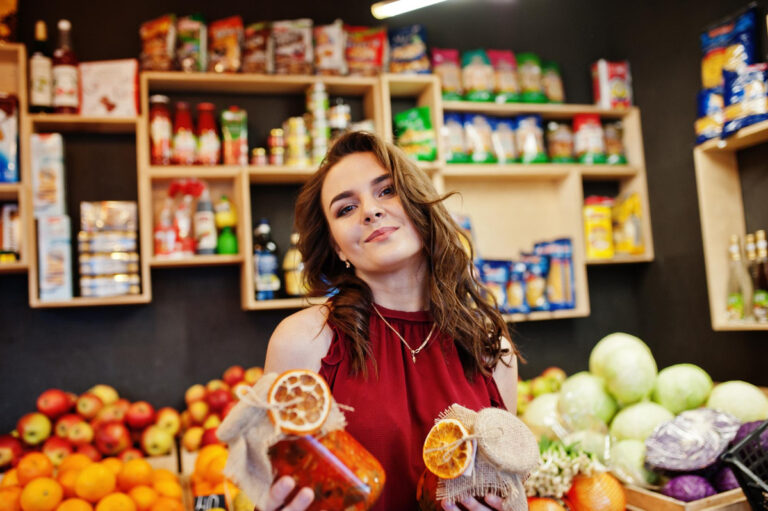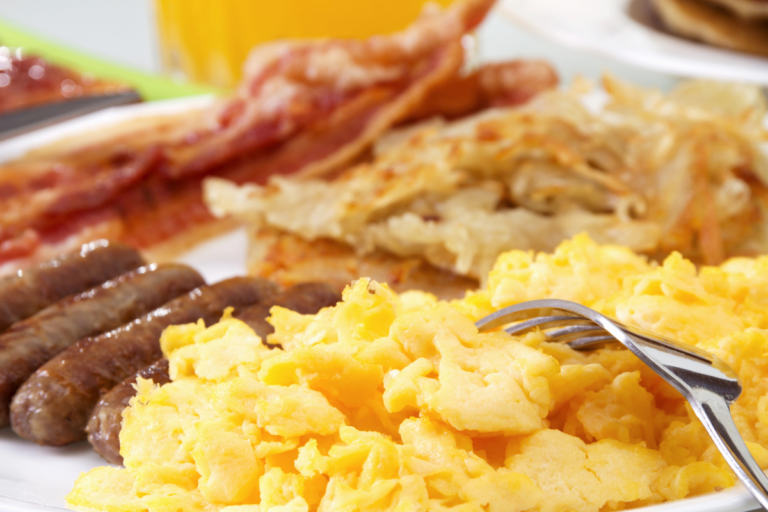15 Sneaky Sources of Caffeine You Might Not Expect Are Keeping You Up at Night
Caffeine is everywhere, from our morning coffee to a quick soda pick-me-up. But while most people know about these popular caffeine sources, many foods, drinks, and even wellness products also contain caffeine in unexpected amounts.
This hidden caffeine can sneak into your daily routine, impacting your energy levels, sleep, and even your heart rate. For anyone looking to manage their caffeine intake, it’s essential to recognize these surprising sources.
Decaf Coffee
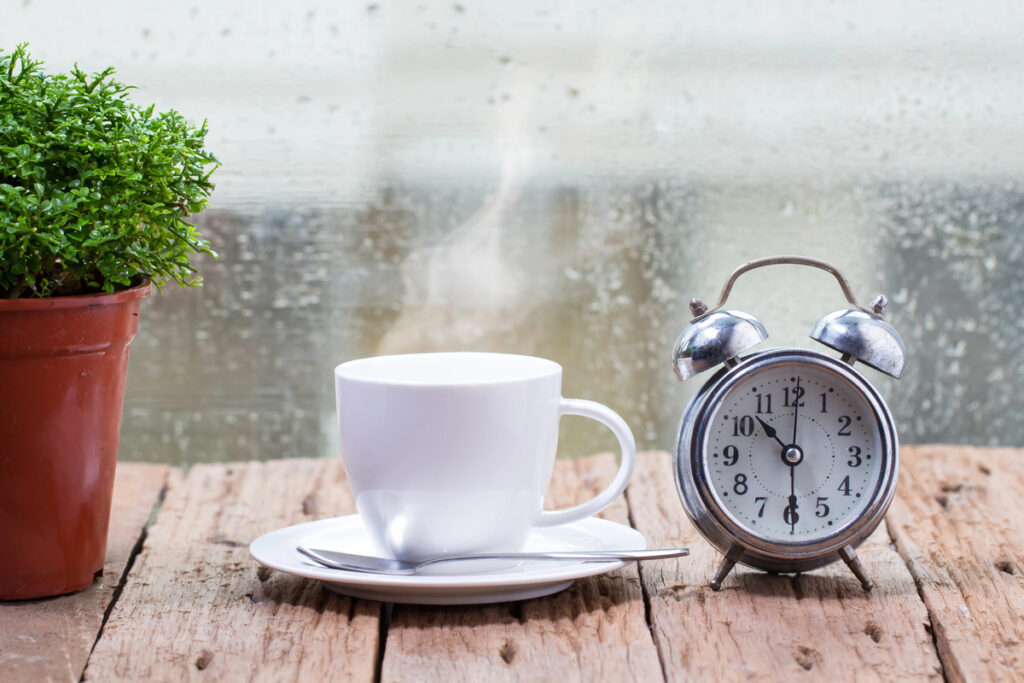
Decaf coffee may sound like a caffeine-free option, but it’s not entirely caffeine-free. Although it contains much less caffeine than regular coffee, decaf still has a small amount that can add up if you’re sensitive. Depending on the brand and brewing method, some decaf coffee varieties can contain as much as 7 mg of caffeine per cup.
It’s a small dose, but it’s worth considering if you’re trying to avoid caffeine altogether. Drinking several cups could add up to a noticeable amount; for those highly sensitive to caffeine, decaf coffee might still keep you awake at night.
Chocolate
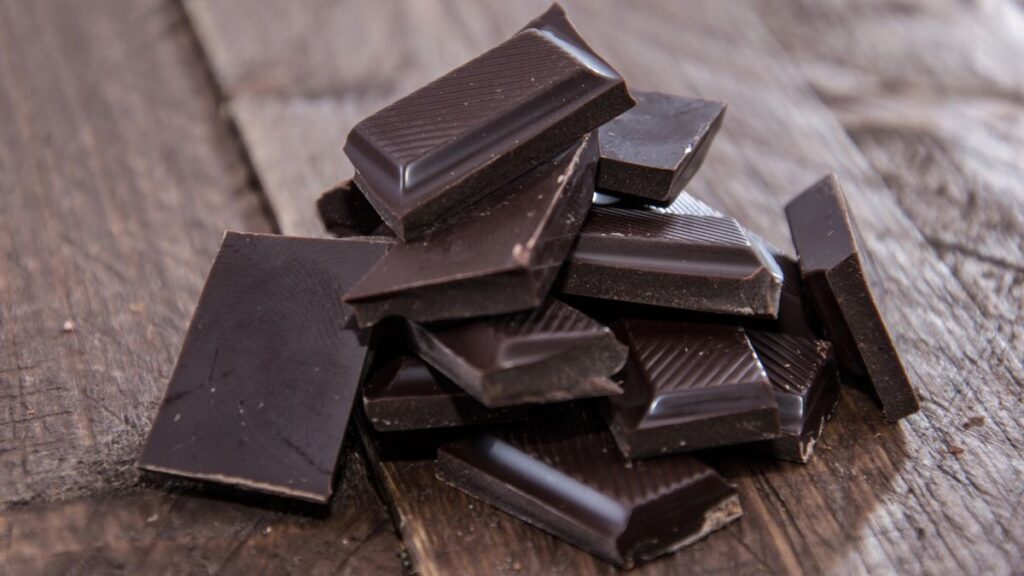
Chocolate is a popular treat but can also be a sneaky caffeine source. Dark chocolate, in particular, contains more caffeine than milk chocolate due to its higher cocoa content. A single ounce of dark chocolate can have about 12 mg of caffeine, which can add up quickly if indulging.
Chocolate-based desserts, candies, and hot cocoa also contain caffeine, though in smaller amounts. People sensitive to caffeine might find it affecting their sleep, especially if eaten in the evening. Even white chocolate has no caffeine and can contain small traces if processed with other chocolates.
Ice Cream
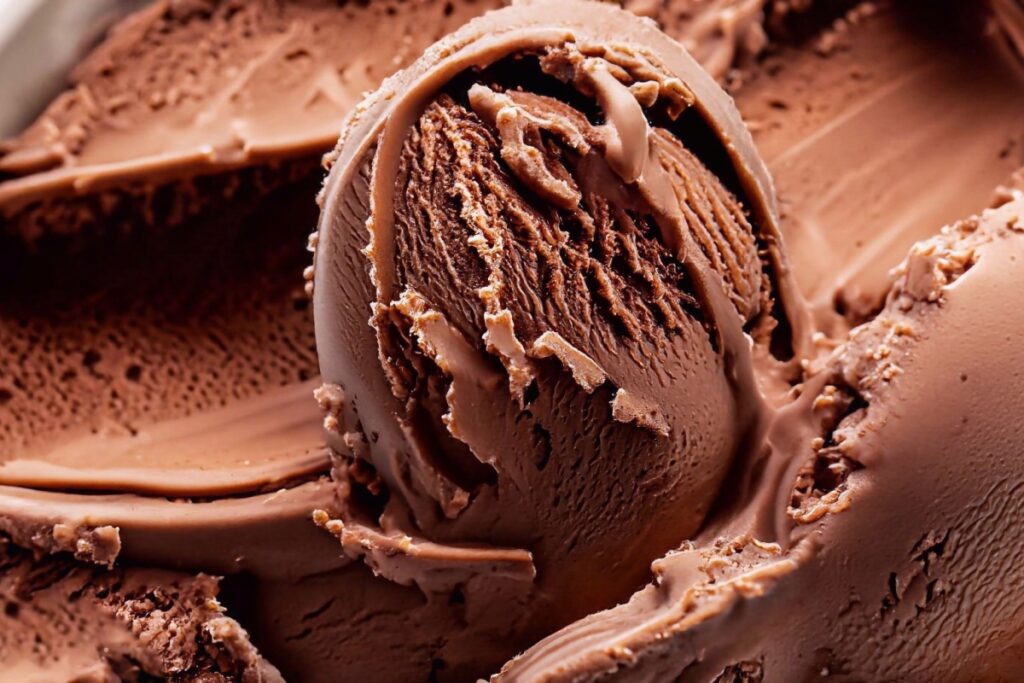
Ice cream flavors like coffee, mocha, or chocolate might contain more caffeine than expected. Some brands of coffee-flavored ice cream can have as much as 50 mg of caffeine per serving, similar to a can of soda. Even chocolate-based ice creams, especially dark chocolate varieties, can contain smaller amounts.
This makes ice cream a surprising source of caffeine, especially if eaten as a late-night snack. With multiple servings, it’s easy to consume a fair amount without realizing it. For those sensitive to caffeine, a bowl of coffee ice cream might lead to a restless night.
Energy Bars
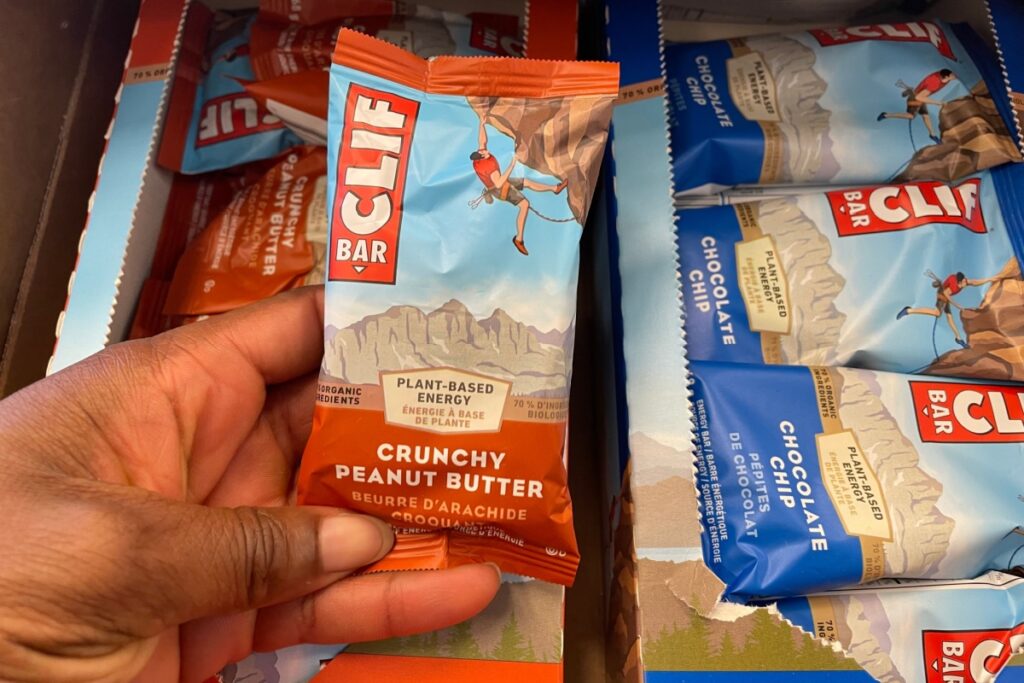
Energy bars are designed to boost energy; some brands include caffeine as an added ingredient. Bars marketed as workout fuel or focus enhancers often use caffeine to improve performance, but the caffeine content isn’t always clear. Some brands can contain up to 50 mg of caffeine per bar, nearly equivalent to a small coffee.
This caffeine boost might be helpful before a workout, but it’s important to be mindful if you’re snacking on these bars throughout the day. Checking labels carefully is wise, as caffeine can vary widely between brands. Overconsumption can lead to jitters and disrupted sleep patterns.
Protein Shakes
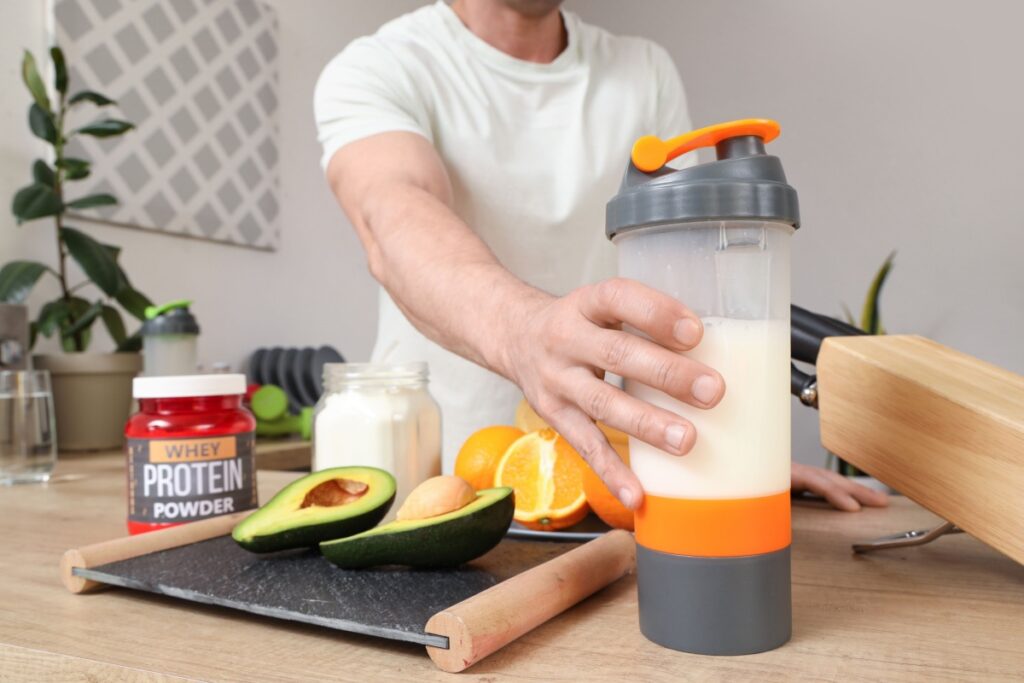
Protein shakes are another sneaky source of caffeine, especially if marketed as pre-workout drinks. These shakes often contain caffeine to enhance energy and focus during workouts. Depending on the brand and purpose, some varieties can have anywhere from 10 to 200 mg of caffeine.
While beneficial for energy during exercise, this caffeine can contribute to your overall intake without realizing it. Drinking protein shakes later in the day might even interfere with sleep if they contain high levels. For anyone looking to limit caffeine, it’s best to check the ingredients list on your favorite shake.
Pain Relievers
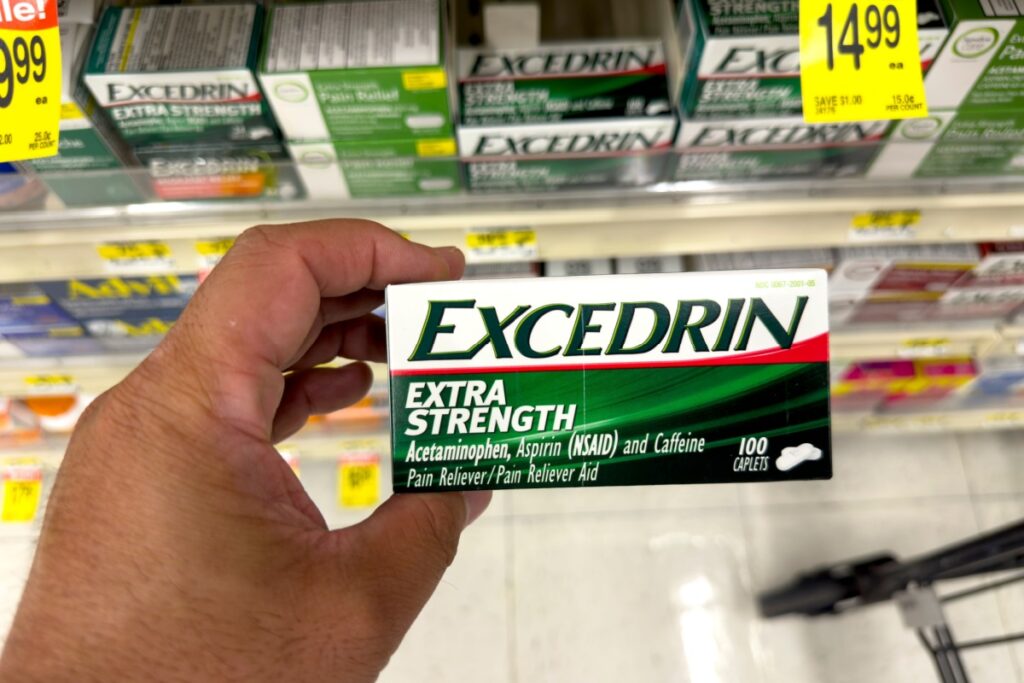
Over-the-counter pain relievers, particularly those targeting headaches and migraines, often contain caffeine. Caffeine enhances the effectiveness of pain relievers and speeds up absorption, making them work faster. Popular pain relief brands can have anywhere from 30 to 65 mg of caffeine per pill.
This amount can surprise those who rely on these medications frequently. In larger doses, the caffeine in painkillers can lead to dependence or withdrawal symptoms. Checking the label before using pain relievers frequently can prevent unintentional caffeine intake.
Tea
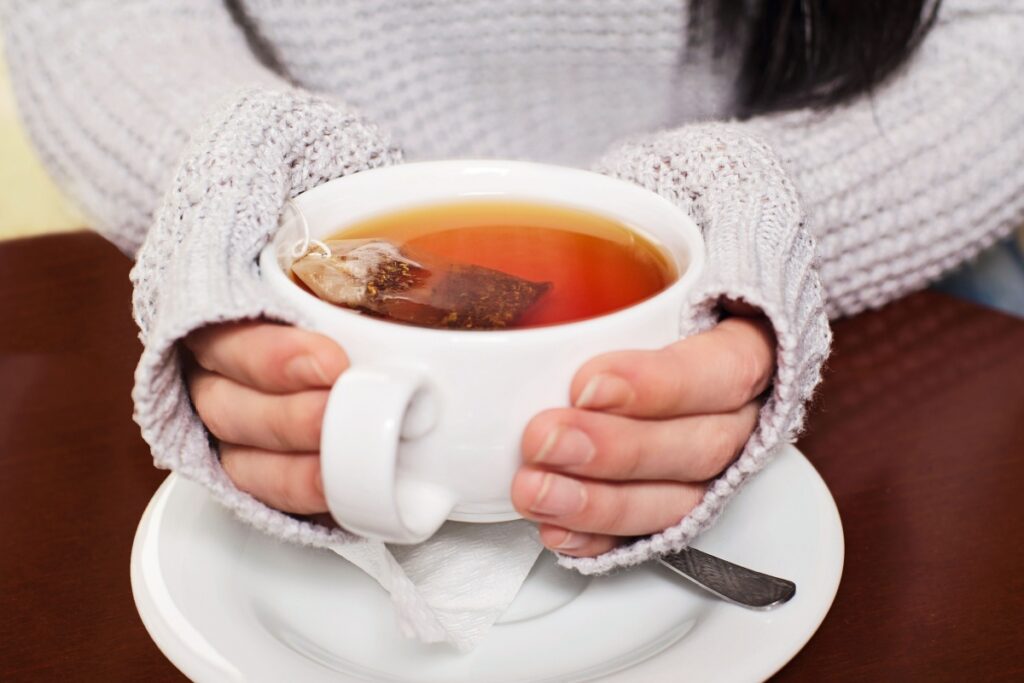
Tea is often viewed as a mild alternative to coffee but still contains caffeine. Black and green teas, in particular, can have considerable amounts, with black tea averaging about 47 mg of caffeine per cup. Herbal teas are typically caffeine-free, but varieties like yerba mate and guayusa contain caffeine naturally.
Iced teas and some bottled teas also contain caffeine, so checking labels is a good idea. This hidden caffeine can catch you off guard if you drink multiple cups throughout the day. Even decaf tea can have trace amounts of caffeine, so watch your intake.
Cereal
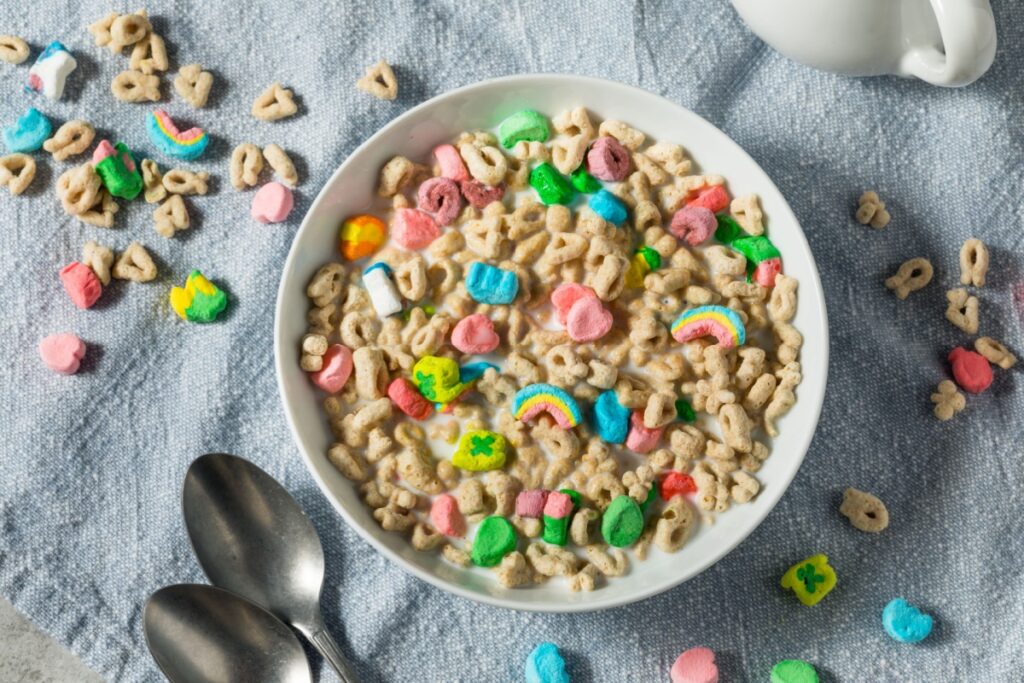
Cereals containing chocolate or coffee flavoring can surprisingly pack a caffeine punch. Some chocolate-flavored cereals contain small amounts of caffeine from the cocoa used in the recipe. While a single serving may have less caffeine than a cup of coffee, it can still contribute to your daily intake.
Eating multiple servings or mixing in chocolate-flavored milk can increase caffeine consumption further. This hidden caffeine might be enough to affect kids and caffeine-sensitive adults. Reading labels carefully can help manage this often-overlooked source.
Kombucha
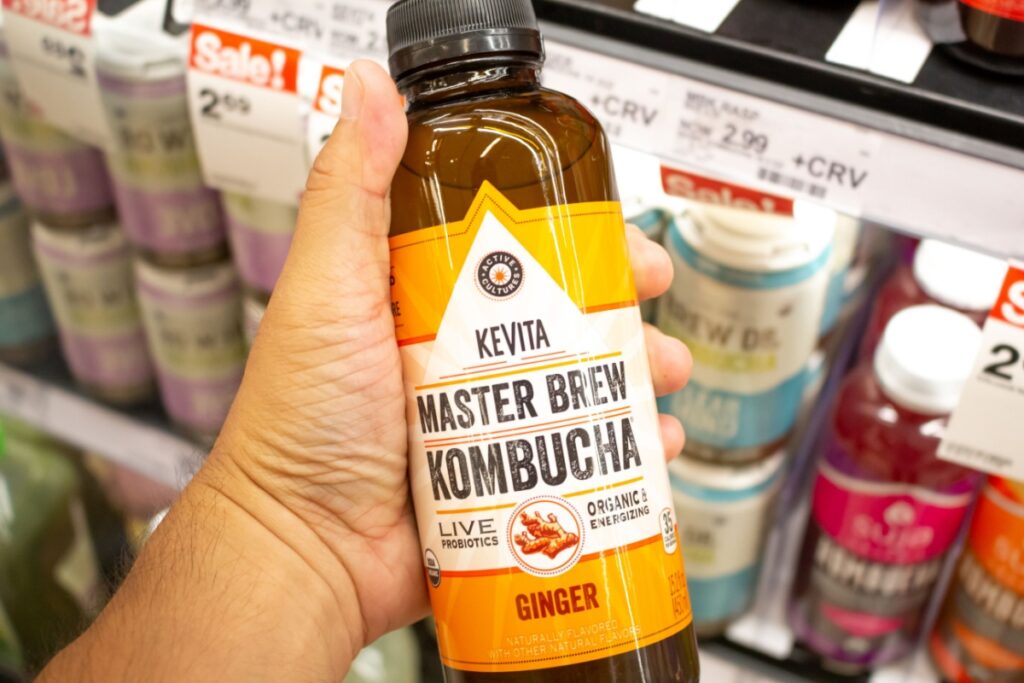
Kombucha is a fermented tea that has become popular for its probiotic benefits. Because it’s made from tea, kombucha naturally contains caffeine, varying levels depending on the tea type used. Some kombucha brands contain as much as 30 mg of caffeine per bottle, about half the amount in a cup of green tea.
Flavored varieties may contain even more caffeine if combined with coffee or tea extracts. While kombucha is generally lower in caffeine than coffee, it can add up if you consume it frequently. For caffeine-sensitive individuals, limiting kombucha intake can prevent unintended energy boosts.
Flavored Water

Flavored waters are becoming popular, and many brands now offer caffeinated options for an energy boost. Some flavored waters contain up to 60 mg of caffeine per bottle, almost as much as a small coffee. This caffeine is usually added to enhance focus and alertness, making it popular for workouts or studying.
However, since flavored water doesn’t taste like coffee or soda, people might consume more of it without realizing the caffeine content. This can add up quickly if you drink it throughout the day. Checking labels on flavored waters is a good practice to avoid over-caffeination.
Sodas
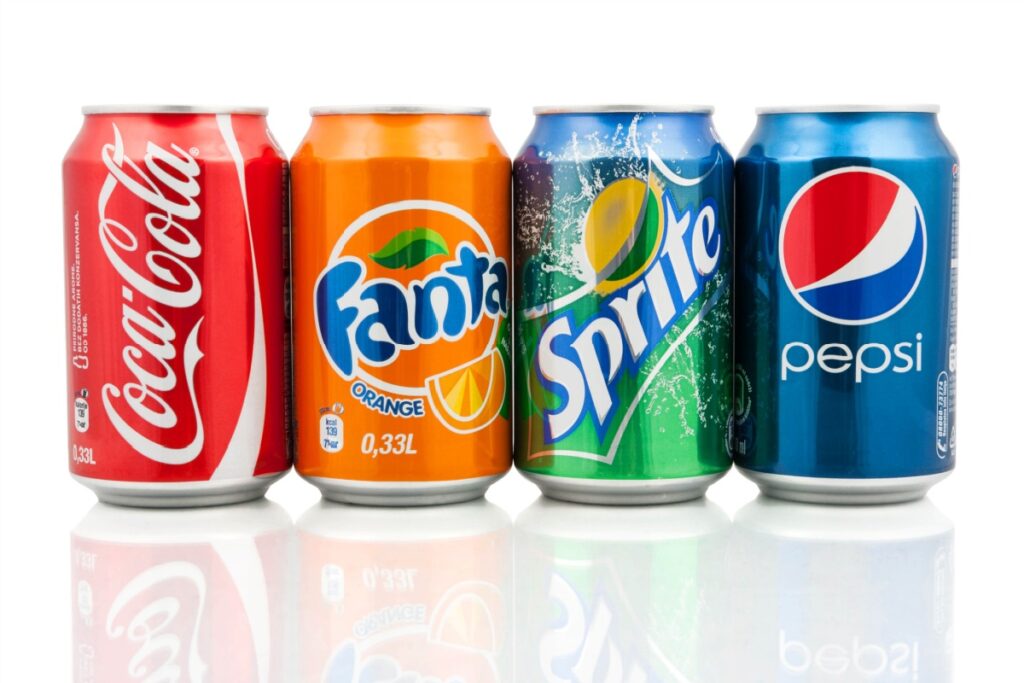
While colas are well-known for their caffeine content, many fruit-flavored sodas also contain caffeine. Citrus-flavored sodas, such as Mountain Dew, contain significant amounts of caffeine, often equal to or more than colas. Some root beers and even certain orange sodas can have hidden caffeine as well.
These caffeinated sodas can add up quickly, especially if you’re sipping throughout the day. Sugar-free and diet sodas may also contain caffeine, so they’re not always a caffeine-free alternative. Double-checking soda labels is important if you’re trying to cut back on caffeine.
Hot Chocolate
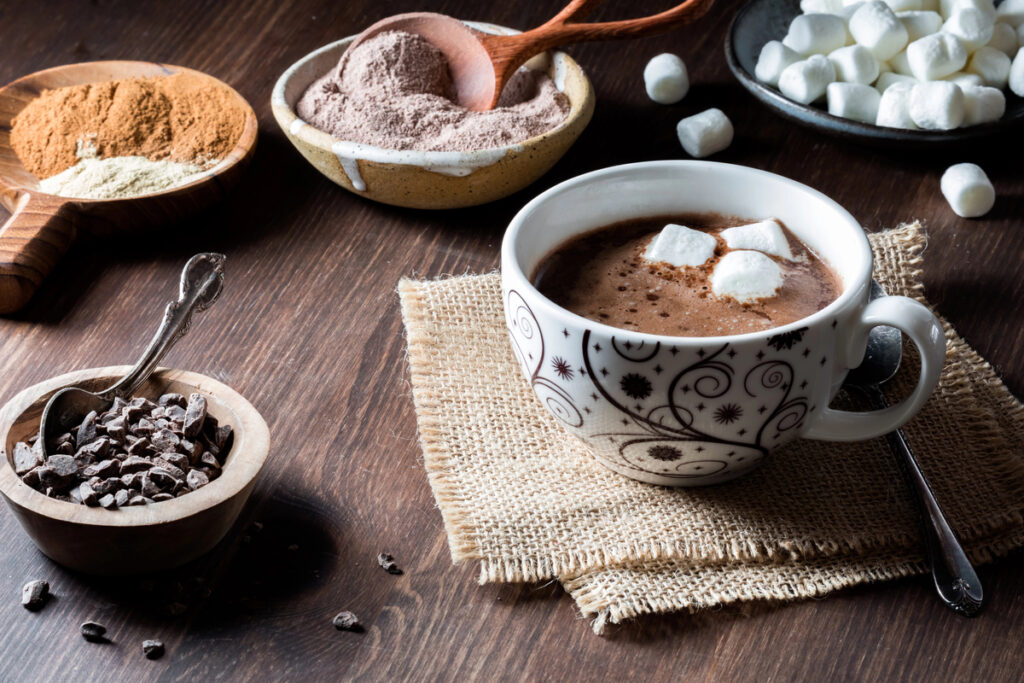
Hot chocolate is often considered a comforting, caffeine-free drink, but it can contain small amounts of caffeine from cocoa. A typical cup of hot chocolate contains around 5 mg of caffeine, though it varies depending on the brand and amount of cocoa used. Some gourmet or dark chocolate hot cocoa mixes may have higher levels, closer to those in tea.
While it’s much lower than coffee, drinking several cups or adding chocolate syrup can boost your caffeine intake. This hidden caffeine may have a noticeable effect on children or caffeine-sensitive individuals. Opting for low-cocoa varieties can reduce caffeine.
Pre-Workout Supplements

Pre-workout supplements are often packed with caffeine to provide an energy boost for workouts. These powders or drinks can contain anywhere from 50 to over 300 mg of caffeine per serving, more than an energy drink. High caffeine can enhance workout performance but may cause jitteriness or sleep issues.
Since pre-workouts are consumed before exercise, they often don’t feel like a typical caffeine source. For people monitoring their intake, it’s easy to overlook the caffeine in these supplements. Checking the label can help prevent an unexpected energy jolt.
Headache Teas
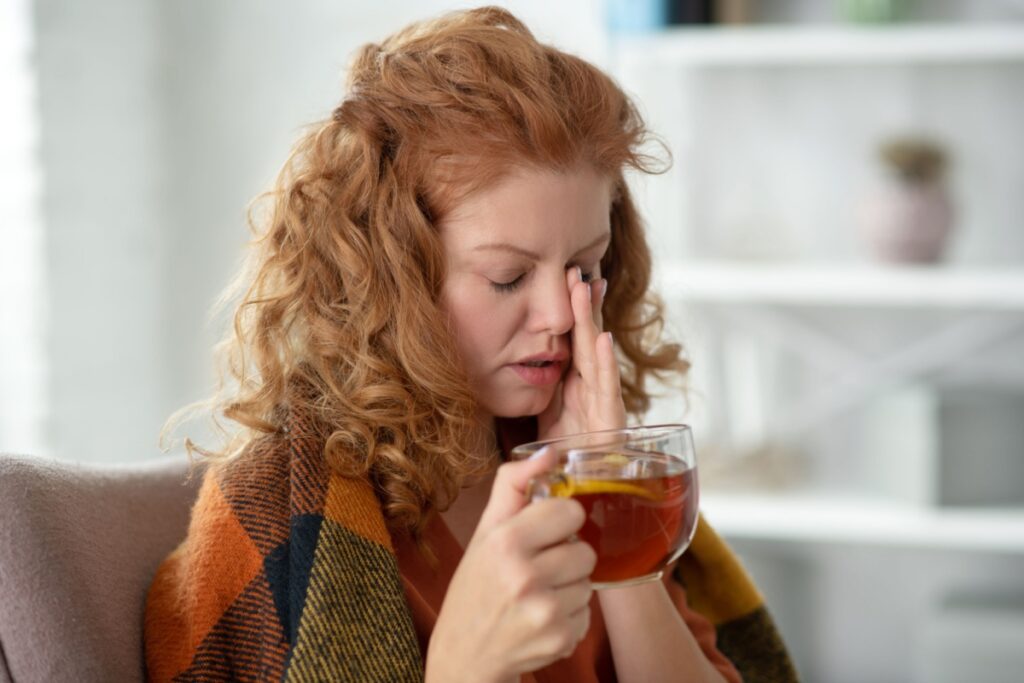
Herbal teas for headaches often contain ingredients like white willow bark or guarana, which naturally contain caffeine. These teas aim to relieve pain, but caffeine-sensitive people might experience side effects. The caffeine content varies, but it can be enough to contribute to daily intake, especially if consumed multiple times a day.
Some teas contain natural stimulants that may have caffeine-like effects even if they aren’t true caffeine sources. Always check the label or ingredient list on these teas. For anyone who’s caffeine-sensitive, non-caffeinated headache remedies might be a better option.
Mints and Chewing Gum
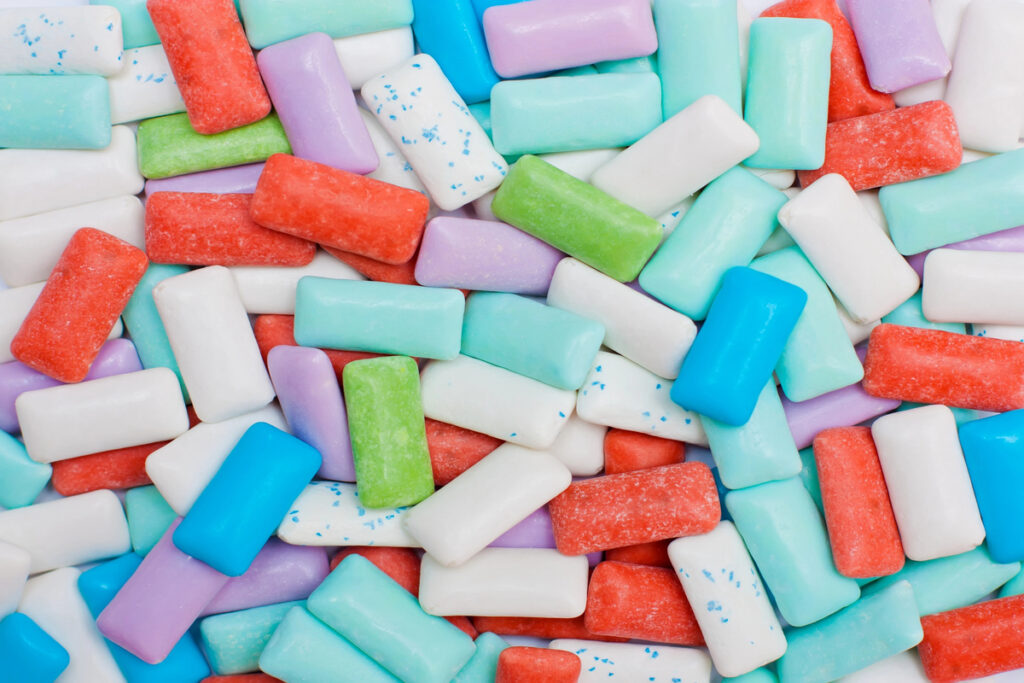
Some breath mints and chewing gum are now infused with caffeine for a quick energy boost. These caffeinated mints can contain around 40 mg of caffeine per serving, close to the amount in a small cup of coffee. Chewing these throughout the day can add up, especially since they’re easy to snack on.
These products are popular with people looking for a quick pick-me-up without a drink, but they may keep you more alert than you planned. If you’re trying to avoid caffeine, double-checking mints and gum labels is wise.
15 Things That Have Become So Expensive People Are Giving Them Up

With the cost of living steadily increasing, people are being forced to rethink how they spend their money. Many everyday items, services, and activities have become too expensive to justify.
15 Things That Have Become So Expensive People Are Giving Them Up
15 Things You Should Never Share With Anyone

While sharing personal information has become increasingly common, it’s essential to recognize that not everything is meant to be shared with others. Some aspects of our lives are best kept private to protect our well-being, relationships, and sense of self.
